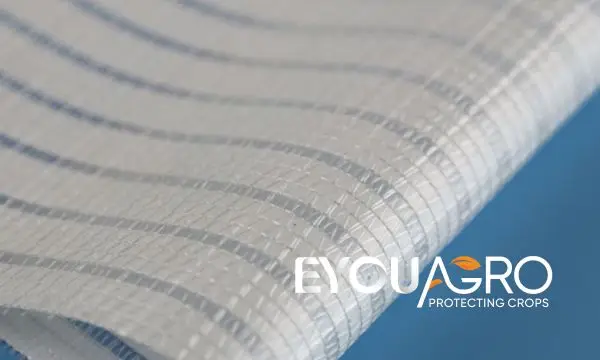Introduction
In the world of agriculture and horticulture, optimizing plant growth conditions is a constant endeavor.
Among the plethora of tools designed to assist in this goal, one product is particularly promising: the Diffusion Shade Screen.
Primarily used in greenhouses, this innovative solution offers benefits outperforming traditional shading methods.
Here’s an exploration of its merits and how it revolutionizes greenhouse growing conditions.

Purpose and Functionality
The Diffusion Shade Screen is not just another shading material. Its design and function cater specifically to the unique needs of plants housed within a greenhouse. The leading roles of this product include:
- Sunlight Reflection: It is adept at reflecting sunlight, which naturally regulates the temperature inside the greenhouse. This is crucial in preventing overheating, which can harm many plant species.
- Light Diffusion: As its name suggests, the Diffusion Shade Screen excels at dispersing light evenly. This ensures that plants receive a consistent amount of sunlight, improves the overall light utilization rate, and prevents patches of excessive brightness or shade.
- Minimizing Radiative Heat Loss: At night, the screen can be closed to trap warmth inside the greenhouse, minimizing the radiative heat loss that plants typically experience. This creates a more stable environment for plants, promoting healthy growth.
Comparative Analysis
A notable study conducted in a Mexican greenhouse tested the Diffusion Shade Screen. In this comparative research, three different types of shade screens, all with a shading rate of 60%, were evaluated: the Diffusion Shade Screen, a traditional black shading net, and the aluminet.

The results were enlightening.
The Diffusion Shade Screen outperformed its counterparts by enhancing light dispersion by approximately 10%. Furthermore, it had a superior cooling effect, lowering temperatures by an additional 3-5 degrees compared to the other two screens.
These findings underscore the Diffusion Shade Screen’s unparalleled efficacy in light regulation and shading.
Usage Recommendations
Using the Diffusion Shade Screen is straightforward.
When sunlight is milder in the mornings and late afternoons, the screen should remain open.
This allows plants to receive the maximum natural light during these periods. However, during noon, when the sun is at its zenith and most intense, closing the Diffusion Shade Screen is recommended to protect plants from potential overheating.
As night approaches, closing the screen will trap warmth and reduce the plants’ radiative heat loss.

Conclusion
The Diffusion Shade Screen is a game-changer in the quest to optimize growing conditions. Its superior performance in light utilization and shading, compared to traditional black shading nets and aluminet, makes it a must-have for modern greenhouses.
As we progress in understanding plant growth, tools like the Diffusion Shade Screen will undoubtedly play a pivotal role in setting new standards for agricultural and horticultural practices.








